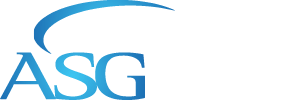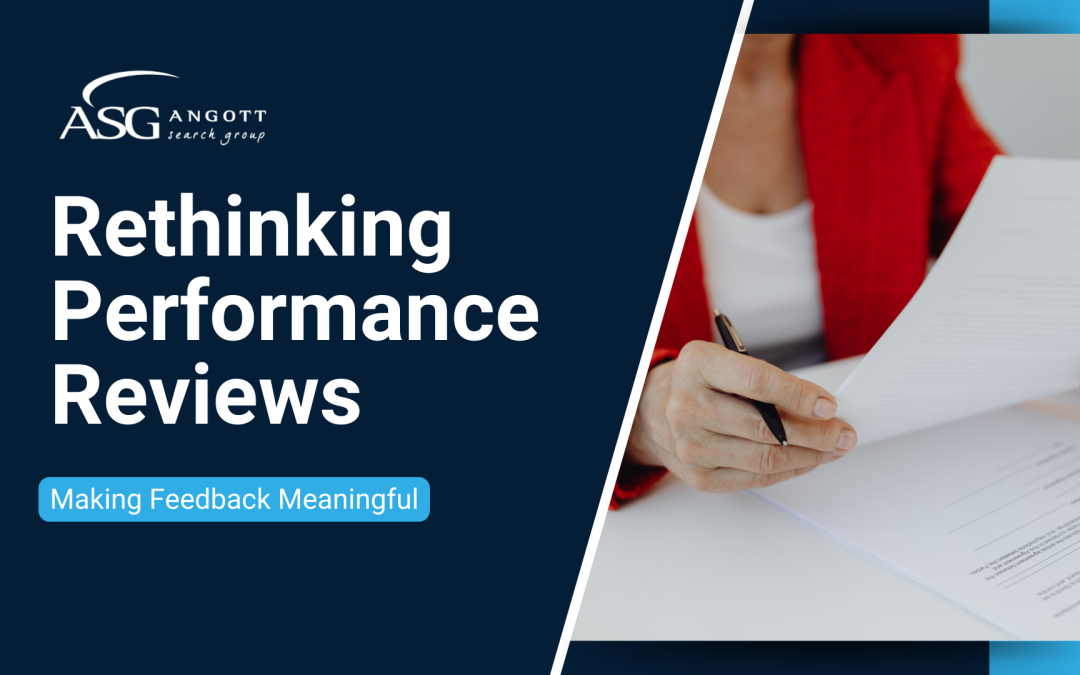Subscribe to Our LinkedIn Newsletter
The organizations that consistently attract exceptional leaders aren’t those with the highest compensation packages, they’re the ones that have mastered the art of employer branding.
That was the key message Charlie Tudor, Managing Director at ASG, delivered during his recent presentation at the Ohio Bankers League HR Forum. The data he shared reveals a shift in how top talent evaluates opportunities. Employer brand has evolved from a recruitment “nice-to-have” into a critical business asset that directly impacts your ability to compete for top talent.

Beyond Reputation Management: Building Authentic Employer Appeal
Having worked with organizations across various stages of growth, we’ve noticed that the most successful companies approach employer branding as an extension of their business strategy rather than a marketing exercise.
1. Start with an Honest Self-Assessment
Your brand begins with your reality. What themes come up in exit interviews? How do candidates describe their hiring experience? This feedback reveals the gap between how you want to be seen and how you’re actually perceived.
2. Leverage Your Leadership Team as Brand Ambassadors
The top executives we’ve placed understand: your leadership brand is your employer brand. When your C-suite shares insights, joins industry conversations, or demonstrates thought leadership, it tells future leaders, “This is where smart, strategic people thrive.”
4. Address the Fundamentals First
Before diving into branding campaigns, fix your hiring process. One poor candidate experience can ripple across multiple networks. Professionalism, transparency, and respect go a long way, especially at the leadership level.
Strategic Social Media: Substance Over Style
LinkedIn has become the primary platform where potential candidates evaluate employers, and the research reinforces its importance. 86% of Gen Z candidates use social media to research a company before accepting a job, with many considering it a key tool to assess company culture and potential fit before committing to a role. Yet most organizations approach social media with generic corporate messaging rather than the authentic storytelling that resonates with top talent.
What works?
- Share behind-the-scenes stories from projects or leadership meetings.
- Showcase employee growth journeys to highlight career mobility.
- Engage authentically in industry trends.
Authenticity beats polish. Let people see who you really are.
How Employer Brand Transforms Executive Recruitment
A compelling employer brand doesn’t just attract more candidates; it fundamentally changes the quality of your talent pipeline and accelerates the entire recruitment process.
✅ Quality Attracts Quality: Mission-aligned candidates come pre-invested, already imagining themselves at your company.
✅ Shortened Decision Cycles: When candidates understand your culture early, the hiring process becomes a two-way alignment, not a hard sell.
✅ Stronger Negotiating Position: When multiple companies extend similar offers to a top candidate, the decision often comes down to which organization represents the better cultural fit and career catalyst. Your employer brand becomes the differentiator when compensation packages are comparable.
Culture as Your Foundation
76% of candidates want to know about team culture and values before accepting a job offer.
Culture isn’t your stated values, it’s what you consistently demonstrate through decisions, especially when those decisions are difficult. The most attractive employer brands are built on cultures that high-performing executives can envision themselves thriving within.
Define What You Prioritize
What behaviors and outcomes do you genuinely reward, even when it’s inconvenient? How do you handle conflicts between short-term pressures and long-term values? Top candidates evaluate whether your stated culture aligns with how you operate under pressure.
Make Your Culture Visible Through Examples
Share specific instances where your cultural values influenced business decisions. Did you restructure a process to better support employee development? Did you pass on a profitable opportunity because it didn’t align with your values? These concrete examples demonstrate that your culture has substance beyond the company handbook.
Be Transparent About Cultural Fit
Clearly communicate what type of leader thrives in your environment and what type might struggle. This honesty helps attract executives who will genuinely succeed while deterring those who might not be the right fit, ultimately saving time and improving long-term retention.
The Strategic Advantage
Building an authentic employer brand requires consistent effort and patience, but the payoff extends far beyond recruitment. Organizations that master this balance don’t just attract exceptional talent; they retain it, creating a cycle that makes every subsequent leadership hire easier and more effective.
The investment you make in employer branding today directly impacts the caliber of leaders you’ll be able to attract tomorrow. In a market where the best executives have multiple options, their obvious choice is your greatest competitive advantage.
As JT Westendorf, President at ASG, often notes: “The companies that consistently attract top talent aren’t just offering opportunities, they’re offering environments where exceptional leaders can do their best work and achieve their most ambitious goals.”
Angott Search Group Named One of the “101 Best & Brightest Companies to Work For” – 15 Years in a Row!
At Angott Search Group, we understand the power of employer branding because we’ve experienced it firsthand. We’re proud to share that ASG has been named one of the “101 Best & Brightest Companies to Work For” for 15 consecutive years, a recognition that reflects our commitment to creating an environment where exceptional talent thrives.
We’ve seen firsthand how employer branding drives real business results. And when we help clients shape their employer appeal, we bring both strategy and experience to the table.





